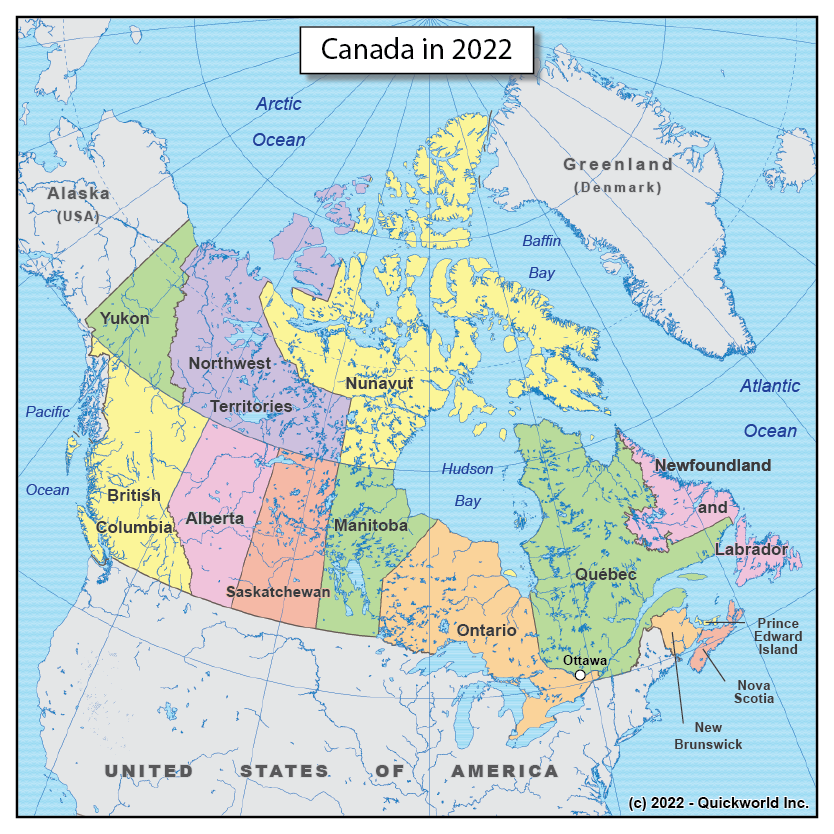Our Series on Federations takes us to Canada. Canada is the perfect example of what works best as a federation: a vast land (the second largest landmass in the World), ethnic and cultural differences within its regions, long established sub-national entities, all things that would make a unitary state the source of instability and secessionist movements.
Since the creation of the territory of Nunavut in 1999, Canada has ten provinces, with populations ranging from 15M to less than 200,000, and three territories in the North, all with less than 100,000 residents. While the involvement of the Federal government in the territories is higher than in the provinces, those have a territorial assembly and government and are candidates for provincial status in the future.
There is, however, some recurring tension between the federal and provincial governments, with various levels of support for secessionist movements, particularly in Quebec, the Western Provinces, and Newfoundland.
More on Canada
Canada in 2022


